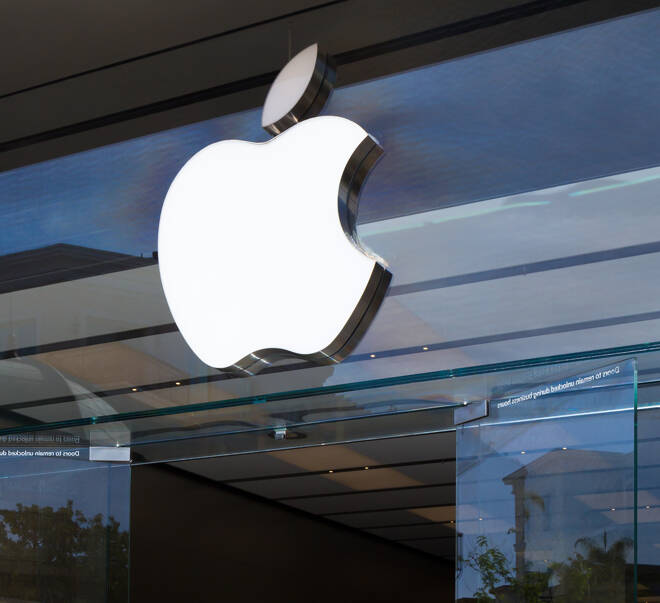Advertisement
Advertisement
Apple To Enable Crypto Payments With ‘Tap To Pay’ by the End of 2022
Updated: Feb 9, 2022, 16:52 UTC
While the company has not stated this explicitly, its recent announcement falls in line with the fundamentals of how it could potentially work.
In this article:
In a press release yesterday Apple announced the new Tap to Pay feature for the iPhone. This feature enables millions of Apple Pay merchants to easily facilitate transactions using a simple tap regardless of the payment method.
Apple announced that apart from Apple Pay itself, contactless credit and debit cards as well as other digital wallets will also be able to make the transactions without the need of any third-party hardware or payment gateway.
Apple Takes a Bite of Crypto
Using the NFC technology the company will be providing its iPhone XS and higher model holders, the opportunity to conduct their transactions entirely wirelessly. In line with the announcement, Apple Pay and Wallet’s Vice President Jennifer Bailey stated:
“As more and more consumers are tapping to pay with digital wallets and credit cards, Tap to Pay on iPhone will provide businesses with a secure, private, and easy way to accept contactless payments and unlock new checkout experiences using the power, security, and convenience of iPhone”
She further added:
“In collaboration with payment platforms, app developers, and payment networks, we’re making it easier than ever for businesses of all sizes — from solopreneurs to large retailers — to seamlessly accept contactless payments and continue to grow their business.”
Now how this translates into crypto payments is that recently, Coinbase and Crypto.com both launched their own debit cards. The Coinbase Card and the Crypto.com Visa Card allows user to basically use their acquired cryptocurrencies as payment methods.
Both the companies further integrated with payment giants Apple Pay and Google Pay. This enabled users to facilitate payments using their cryptocurrencies via either of the two apps. On the process of these transactions, Coinbase said:
“Coinbase will automatically convert all cryptocurrency to US Dollars and transfer the funds to your Coinbase Card (less conversion fees) for use in purchases and ATM withdrawals.”
Thus with Apple now activating the Tap to Pay feature, accepting said payments directly to and fro an iPhone will become easier for every business or retailer.
At the moment more than 90% of all US retailers accept Apple Pay and with this feature pretty much any business or retailer with an iPhone can accept payments with Tap to Pay. Put simply crypto can be used as a transaction method virtually any and everywhere in the US.
The Competition
In today’s world, contactless payments have become a necessity as well as a preferred option by millions around the world. And that industry is severely dominated by Apple Pay.
The only other player in this industry to challenge payments with crypto is Google Pay, but it sadly only has a 3% domination in the American markets. Apple Pay on the other hand holds a colossal 92% domination.
However, that hasn’t stopped Google from trying. Recently, Google hired a PayPal veteran in order to begin testing payments with crypto. On the same Google’s president of Commerce told Bloomberg:
“Crypto is something we pay a lot of attention to. As user demand and merchant demand evolves, we’ll evolve with it.”
So with Apple preparing to roll out their Tap to Pay feature by later this year, not only are they pushing crypto adoption into the mainstream, but they are also providing Google some time to pick up the pace and gain a foothold in the market.
About the Author
Aaryamann Shrivastavaauthor
Holding a Mass Media Degree has enabled me to better understand the nitty-gritty of being a journalist and writing about cryptocurrencies’ news and price movements, effects of market developments, and the butterfly effect of individual assets nurtured me into a better investor as well.
Did you find this article useful?
Latest news and analysis
Advertisement
